

When people talk about Bolognese, they are usually referring to a spaghetti dish, but Bolognese is also the name given to a breed of dog! As you might expect, the Bolognese is Italian in origin, and is one of the rarer small dog breeds around today. The Bolognese is closely related to the Bichon Frise dog, and is very similar in appearance, to the point that the two are often confused with each other. While recognition of the breed in its own right is a fairly recent thing, the Bolognese can trace its origins back for over 2,000 years.
If you are looking to buy or adopt a small, cute fluffy white dog, there are a reasonable amount of different breeds vying for your attention! The Bolognese is definitely worthy of consideration, and in this article, we will look at the breed in more depth.
The Bolognese is a toy dog breed with a densely curled fluffy white coat. They are still relatively uncommon within the UK, but you have doubtlessly come across some of their close relations, including the Bichon Frise, the Maltese and the Havanese dog.
The breed is given its name due to its history in the Italian city of Bologna, where the dogs were hugely popular historically among members of the Italian aristocracy. Famous Italian families such as the Medicis (Catherine Medici was later Queen of France) owned and promoted the breed, and as a result of this, the dogs spread widely through the royal courts and noble houses of Europe.
However, upheaval and revolution across Europe and the decline in public popularity of the aristocracy as a whole led to the breed almost dying out several centuries ago, and only a few breeders continued to produce Bolognese breed lines as a result. Today, popularity of the Bolognese dog is once again on the rise, particularly within the UK and America.
The Bolognese is very often mistaken for the more common Bichon Frise dog, which is one of its close relatives. They have relatively long, curly and fluffy coats that are always white, and not prone to excessive shedding. This does mean however, that the breed requires a reasonable amount of grooming and maintenance, as well as regular baths, as they do have something of a tendency to get messy without too much encouragement!
They are petite, compact and sturdy, standing 10-12 inches tall at the shoulder, and weighing up to 10lb. They have dark eyes, and a black nose and mouth. They have fairly deep chests and lithe, athletic legs, giving them their signature lively, bouncy gait.
The Bolognese is renowned for being one of the most intelligent small dog breeds, and they have an excellent reputation as companion pets as part of a family. They are lively and active dogs that need to be walked adequately and given plenty of time to play, but their exercise requirements are not excessive. They are eminently suited to life in a small house or apartment, and can live quite happily in all sorts of different homes.
They are quick on the uptake, intuitive and amenable to training, and appear to have the ability to think laterally and solve problems due to their tenacity! They are also very personable and generally enjoy making new friends, be they human or canine. They can also live quite happily within a multi-dog household, and correctly introduced, will also be at home with smaller pets such as cats.
They are inquisitive, keen to get into mischief and very entertaining; and they are certainly not afraid of getting their paws (and everything else) dirty either!
The Bolognese dog hails from a relatively wide gene pool, despite their status as a fairly rare breed overall. As such, they are one of the few pedigree dog breeds that are not considered to have particularly heightened tendencies to any breed-specific inherited health problems, and tend to be robust, hardy little dogs as a rule.
However, problems can arise within any breed if dogs are bred from a relatively small gene pool, which is a potential risk to the future of the Bolognese breed due to the relative rarity of pedigree Bolognese dogs within the UK.
There are a range of health conditions that tend to affect purebred dogs with a higher incidence rate than mixed breeds, which Bolognese owners should be aware of; these include conditions such as problems with the eyes and vision, and patellar luxation, which is common to many small breeds of toy dogs and lap dogs.
The average lifespan of the Bolognese dog is 14 years, putting them towards the top of the longevity rankings for purebred dogs; however, it is certainly not uncommon for Bolognese dogs to live into their late teens, and even beyond.
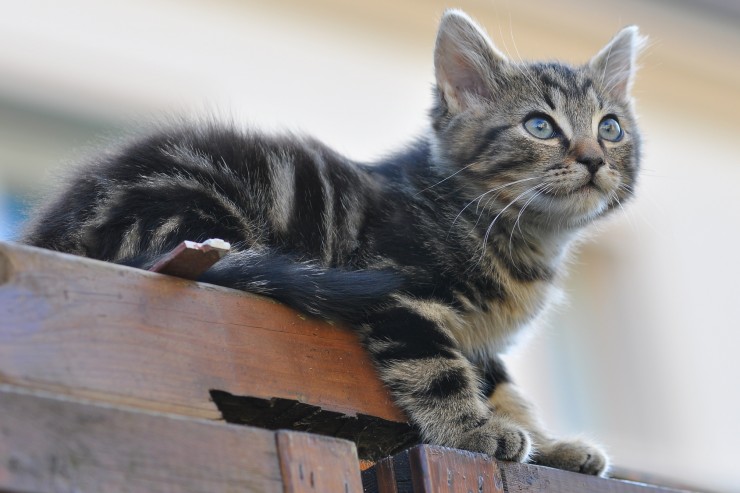 Is It A Good Idea To Feed Stray Or Feral Cats?
Is It A Good Idea
Is It A Good Idea To Feed Stray Or Feral Cats?
Is It A Good Idea
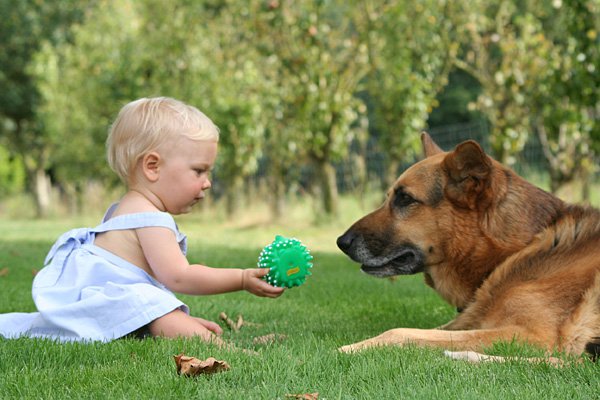 How Should Pets Be Handled To Enhance Health?
How Should Pets Be Handled To Enhance Health?
How Should Pets Be Handled To Enhance Health?
How Should Pets Be Handled To Enhance Health?
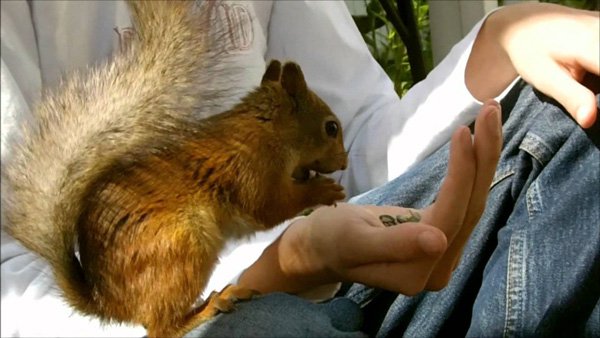 Smallest Working Terrier: Norfolk Terrier
Smallest Working Terrier: Norfolk Terrier
Norf
Smallest Working Terrier: Norfolk Terrier
Smallest Working Terrier: Norfolk Terrier
Norf
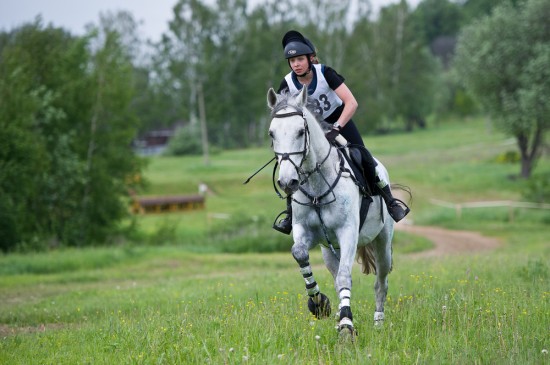 Introduction To Endurance Riding
Introduction To E
Introduction To Endurance Riding
Introduction To E
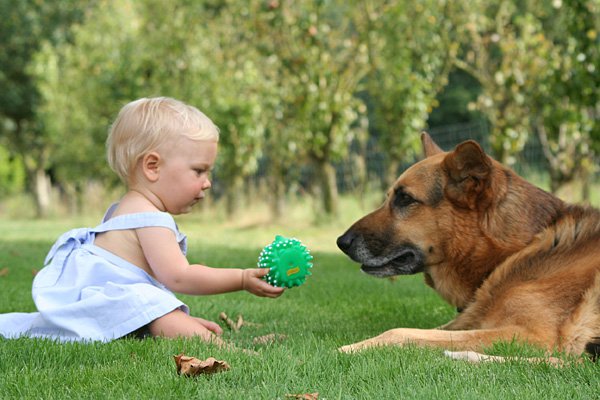 How to DIY a Spring Toy for Your Pet Dog
How to DIY a Spring Toy for Your Pet Dog
Its m
How to DIY a Spring Toy for Your Pet Dog
How to DIY a Spring Toy for Your Pet Dog
Its m
Copyright © 2005-2016 Pet Information All Rights Reserved
Contact us: www162date@outlook.com